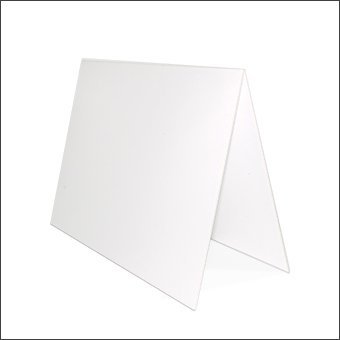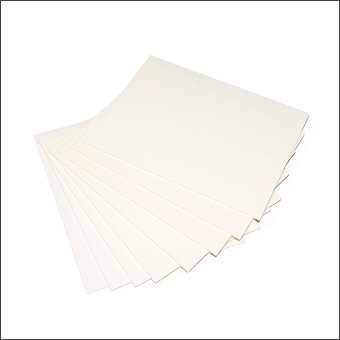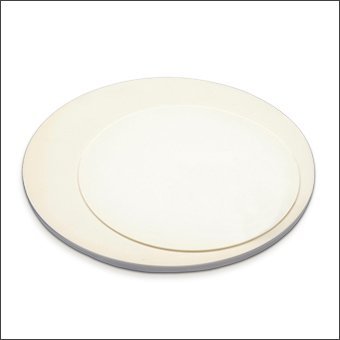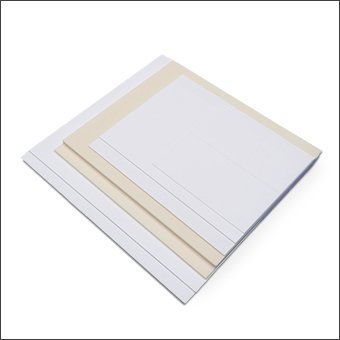A Variety of Electronic Applications
With its excellent comprehensive performance, alumina substrate has become the preferred material in the electronics industry.
- LED lighting: As a substrate for LED chips.
- Power modules: Used for packaging of IGBT, MOSFET, etc.
- RF devices: As a substrate for microwave circuits.
- Sensors: Suitable for high temperature or corrosive environments.
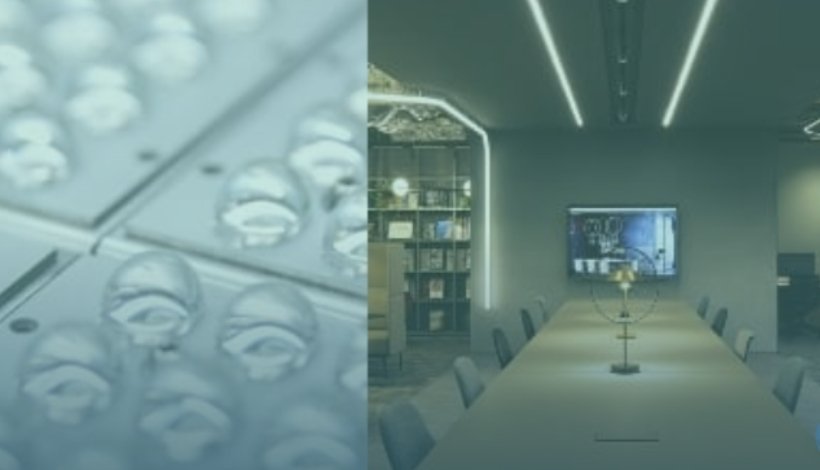
China's Excellent Alumina Substrate Manufacturer
We are experts in alumina substrates and have extensive production experience. Our high-quality alumina substrate is engineered for superior performance in demanding electronic applications.
Alumina substrates have excellent thermal conductivity, high electrical insulation and low dielectric loss, ensuring reliable operation in high-power and high-frequency environments. Their mechanical strength and thermal stability make them ideal for LED lighting, power modules, RF devices and sensors.
We develop the production process according to your requirements for thickness, flatness, surface roughness, etc. Choose us for our advanced manufacturing technology, strict quality control and cost-effective solutions.
By Features
Alumina substrate has excellent insulation and thermal conductivity. Its performance is closely related to its purity, thickness, surface treatment, etc.
Suitable for general electronic packaging and circuit substrates.
Very low impurity content. Suitable for precision electronic devices.
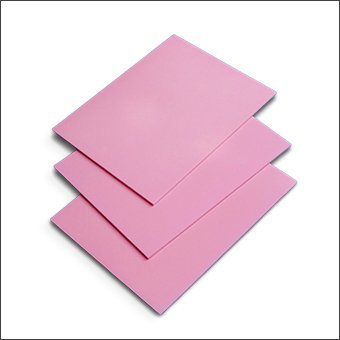
Suitable for electronic applications with specific color requirements.
Non-standard thicknesses (e.g. 0.15mm) need to be customized.
Standard thicknesses include 0.25mm, 0.3mm, 0.38mm, 0.5mm, 0.635mm, 0.76mm, 0.8mm, 0.89mm and 1mm.
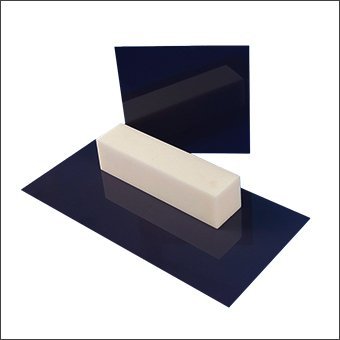
With smooth surface and excellent thermal conductivity. Suitable for high-precision electronic devices.
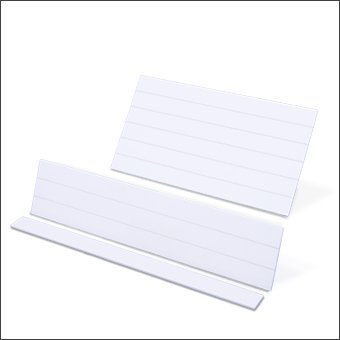
Laser processing is one of the preferred methods for processing alumina substrates. Do cutting, drilling, etching, etc.

High electromagnetic shielding performance. Typical applications include high power devices and optical devices.
Comparison of Alumina Substrate and Two Other Ceramic Substrates
In the electronics and semiconductor industries, alumina (Al₂O₃) substrate, aluminum nitride (AlN) substrate, and beryllium oxide (BeO) Substrate are the three most common materials. This article will compare these three ceramic substrates in detail to help you better understand their advantages and disadvantages.
Thermal Conductivity
Thermal conductivity is one of the most important properties of ceramic substrates, especially in high-power electronic devices.
The thermal conductivity of alumina substrate is not as good as aluminum nitride and beryllium oxide substrates, but it is sufficient for most conventional electronic applications.
The thermal conductivity of aluminum nitride substrate is almost 10 times that of alumina substrate, and is particularly suitable for high power density devices such as power modules and laser diodes.
Beryllium oxide substrate has the highest thermal conductivity, but its toxicity and high cost limit its wide application and is usually only used in high-end applications.
Mechanical Strength
Mechanical strength determines the reliability of the substrate during processing and use.
Alumina substrate has high hardness and good bending strength, can withstand large mechanical stress, and is suitable for applications that require high reliability.
The mechanical strength of aluminum nitride substrate is slightly lower than that of alumina, but its thermal conductivity advantage makes it more competitive in high-power applications.
The mechanical strength of beryllium oxide substrate is comparable to that of alumina, but it is more brittle and more difficult to process.
Cost and Manufacturing Process
Cost is a factor that cannot be ignored when choosing substrate materials.
Alumina substrate has a low manufacturing cost and mature process, which is suitable for large-scale production.
The raw material cost of aluminum nitride substrate is high and the manufacturing process is complicated, resulting in its price being much higher than that of alumina substrate.
Beryllium oxide substrate has the highest cost and is difficult to process due to the scarcity of raw materials and toxicity issues.
Application Scenario
Alumina substrates are widely used in fields such as conventional electronic devices, LEDs, sensors and radio frequency devices.
Aluminum nitride substrates are mainly used in high-power electronic devices, lasers, and 5G communication equipment.
Beryllium oxide substrates are commonly used in aerospace and military fields.
Summary
Different ceramic substrates have significant differences in performance, cost, and application scenarios. Alumina Substrate has obvious advantages in cost, manufacturing process, and comprehensive performance, and is an ideal choice for most electronic applications.
Alumina substrate is highly favored in the electronics industry, mainly due to its excellent electrical performance, thermal management capabilities and compatibility with electronic devices.
In addition, compared with other high-performance ceramic substrates (such as aluminum nitride and beryllium oxide), alumina substrate has a low manufacturing cost and mature process, which is suitable for large-scale production. This makes it an ideal choice for many electronic applications, especially in scenarios that need to balance performance and cost.
Its manufacturing process usually includes the following steps:
First, high-purity alumina powder is finely ground by ball milling or other methods to ensure the uniformity of particles.
Then, the powder is mixed with a binder to form a slurry.
Next, the slurry is made into sheets or blocks by tape casting or dry pressing. The formed green body is sintered at high temperature to ensure the density and mechanical strength of the material.
Finally, the sintered substrate is precision processed, such as cutting, drilling, and surface treatment, to meet the requirements of specific applications.
In the LED industry, alumina substrate is mainly used to manufacture the substrate of LED chips. Since LEDs generate a lot of heat when working, the excellent thermal conductivity of the alumina substrate can effectively conduct heat away from the chip to prevent performance degradation or damage caused by overheating.
Furthermore, the high electrical insulation of alumina substrate ensures the stable operation of LED chips in high-voltage environments.
Besides, it can also be used as part of the LED packaging material to provide mechanical support and protection. Due to its good chemical stability, alumina substrate can be used for a long time in humid or corrosive environments, extending the service life of LEDs.
In radio frequency (RF) devices, alumina substrate is often used as a substrate material for microwave circuits. Due to its low dielectric constant and low loss characteristics, alumina substrate can effectively transmit high-frequency signals and reduce signal attenuation.
In addition, its high thermal conductivity helps dissipate heat and ensure the stability of RF devices when operating at high power.
Alumina substrate also has good mechanical strength and dimensional stability, and can maintain performance in environments with high-frequency vibration and temperature changes. Therefore, it is widely used in high-frequency electronic devices such as radar, satellite communications, and wireless communication base stations.
The main advantages of alumina substrate in thermal management are its excellent thermal conductivity and thermal stability. Its thermal conductivity is usually between 24-30 W/(m·K), which can effectively conduct the heat generated by electronic components to prevent performance degradation or damage caused by overheating.
Moreover, the thermal expansion coefficient of alumina substrate is similar to that of many semiconductor materials, which can reduce thermal stress and improve the reliability of devices. In high-temperature environments, alumina substrate can maintain stable mechanical and electrical properties, so it is widely used in fields that require efficient thermal management, such as high-power electronic devices, LEDs, and lasers.
Laser processing is a non-contact, high-precision processing method, which is particularly suitable for hard and brittle materials such as alumina substrates. The following are the main advantages of laser processing:
- High precision
- Non-contact processing
- Complex shape processing
- High efficiency
- No tool wear
- Small heat-affected zone
- Versatility
- Environmental protection
Alumina substrate has excellent mechanical properties, including high hardness, high strength and good wear resistance. Its hardness is second only to diamond and silicon carbide, and it can resist scratches and wear.
Furthermore, alumina substrate has high flexural strength and compressive strength and can maintain structural integrity in high load environments.
In addition, it has a high elastic modulus and can withstand large stresses without deformation.




